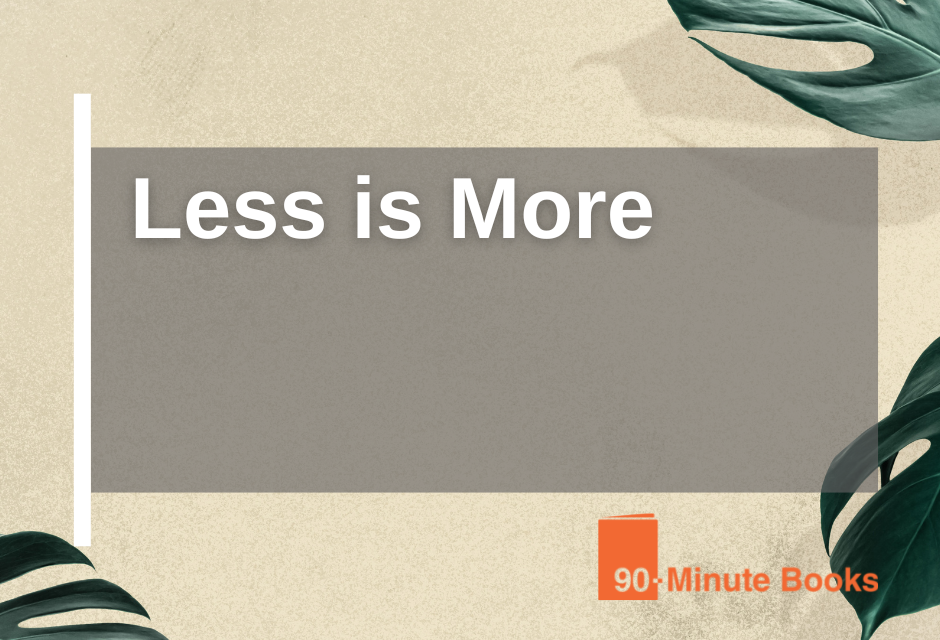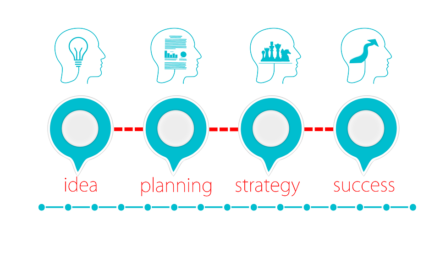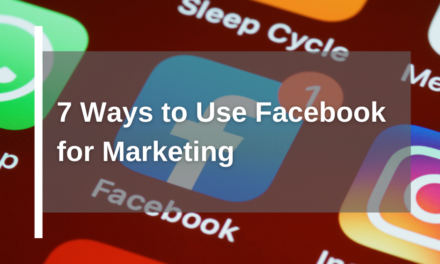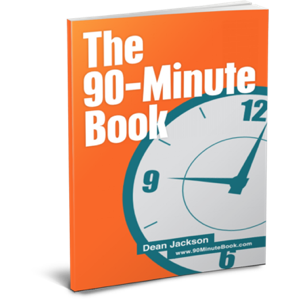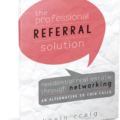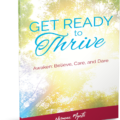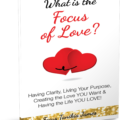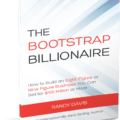In this blog post, we discuss why less is more and how in most cases, a shorter book has many advantages over a larger book. To listen to the podcast, click here.
The questions that will drive the majority of this post are ‘what makes for a good length for a book?’ and How much do I need to write when addressing a single target market to be in tune with the audience?
First, let us do the math.
The 90-minute book formula is a simple one that can help you accurately calculate how long your book will be.
You start by having a recorded interview/session with the team. This session usually lasts for an hour. This recorded session will churn out anything between 8000 to 10000 words. There will be an allowance for variability depending on how fast someone talks. When these words are transcribed and edited and turned into a book, this loosely translates to about 40 to 45 pages, give or take.
Generally, a 50-page book will take someone 2 hours to read, considering that the average person reads between 20 to 25 pages in an hour. so it’ll take someone 2 hours to read your book, which is most of all the attention span you will get from your target audience in one go. Someone is not going to sit down and read a 6-hour book, but often you can get them to commit to an hour and a half if they’re interested in the topic.
This is the best-case scenario; if we are honest with ourselves, to sit in front of your potential client for 2 hours, you have a high chance of converting them, and the books do that for you. In those two hours, you share your knowledge, thoughts, best practices and experience. A 40-50 page book is readable in one sitting, and if we at 90-minute jobs do our job right, they will take the next step with you.
Imagine sitting in front of a person for an hour and a half,
having the warmth of your personality come across, along with your knowledge of the subject, in a strong conversational manner. giving the person across from you a nice introduction to the subject. As mentioned before, there’s always more that can be talked about, so there is the risk of going too broad or too wide.
Remember that the words on the page are more important than how many words are on the page. after a certain number of pages, the book looks like a textbook, which we are trying to avoid. if the value of what you’re doing in writing a book is to start a conversation, then the length of it becomes almost secondary. It needs to be compelling enough to answer the question.
Now, if that takes you 150 pages, then that’s great. It’s a job well done. It’s still answering that one particular point. We’d perhaps argue going forward that you might want to narrow down the target market a little bit, so you don’t have much of a job to do, but if it does take that much to comprehensively answer something, then okay.
In some industries, that might be worthwhile. Still, I think for the 90% of people who are thinking about creating a book as a lead generation piece, then creating that overhead, creating that rod for your own back, to create something that big with no quantifiable upside is missing the point. You’ll cause yourself some challenges in getting that out of the door.
There is a science and art to putting enough in the book to get value,
On the 90-Minute Book, we give you the formula for doing a book, and you could go off on your own and do your own book, and we know 95% of the people that read that book are going to need help even though we’ve given you the step-by-step for the most part. there’s still always going to be the next step. Almost specifically, when we’re talking about engagement or lead generation or business books, you want there to be the next step.
So it is desirable to start that relationship on a good foot, giving someone a valuable answer; if it’s only 50 pages, then 50 pages is the right length. That’s the amount that answers the question as fully as possible. Then people interested in further interaction will raise their hands. You can then work more closely with them.
We have a saying here at 90-Minute Books. “A bigger book doesn’t necessarily make the boat go faster.” What we mean by that is, if you can get someone to download your book, read it, and contact you with a 40-page book, why would you want to write a 120-page book if the whole point is them to get to raise their hand to say, “I’d like more help”?
Maybe, and just maybe, that 120-page book gets in the way of that because they never get to the end, or they feel overwhelmed, or something else gets in the way between the time they start it and finish it. A long time has passed, and now they have a different problem they’re trying to solve. That kind of thing.
The 90-minute Book
is the calling card, a trust-building exercise. It is not meant to have all the answers, but if done correctly, it will convince potential customers that all the answers they seek can be found.

